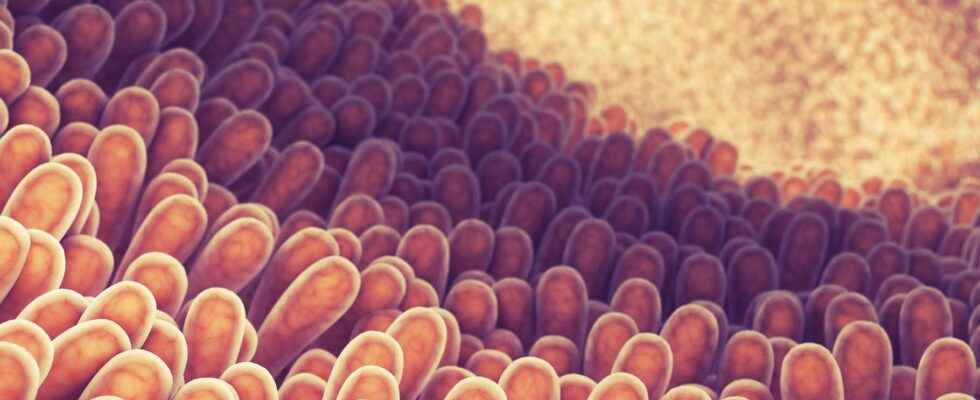You will also be interested
[EN VIDÉO] The intestinal microbiota, a precious ally for our health In the body, there are different microbiota: that of the skin, the mouth, the vagina… But the most important is the intestinal microbiota. Scientists have known about its potential for a long time, but the development of new techniques makes it possible to deepen research to describe the nature of host-microbiota interactions, those of microorganisms between them, and their impact on health.
Folded up in our bowels, the intestines occupy a special place in our body. Their main role is to ensure the digestion food we eat, but they also participate in the immune response and their links with brain are increasingly evident. For the first time, scientists from the University of North Carolina made an atlas of all the cells that make up the epithelium of the human small intestine and colon.
On three organs from donors, they took samples all along the intestines. Scientists were able to analyze the location, function and Genoa expressed for each of the 12,590 different cells, separated from each other by a enzymethus offering a vision of the intestines of an unprecedented precision.
The human intestine mapped
The design of this atlas was only possible thanks to state-of-the-art technologies capable of managing millions of data. Each cell identified was sequenced, generating 11,000 reads, or genetic fragments, which must then be put together like a puzzle. In total for 12,590 cells, the scientists produced 140,000,000 different entries that had to be processed to make them readable and understandable.
For example, the study showed that some epithelial cells express common genes with immune cells. But the protein encoded by these genes may be the target of drugs used to treat inflammatory bowel disease. Epithelial cells could therefore be collateral victims of these treatments and cause side effects. They also observed that the cells tufted (or tufted cells) express the same genes as the taste cells of the tongue. The primary objective of this atlas is that it be used by all scientists interested in the intestines.
Interested in what you just read?
